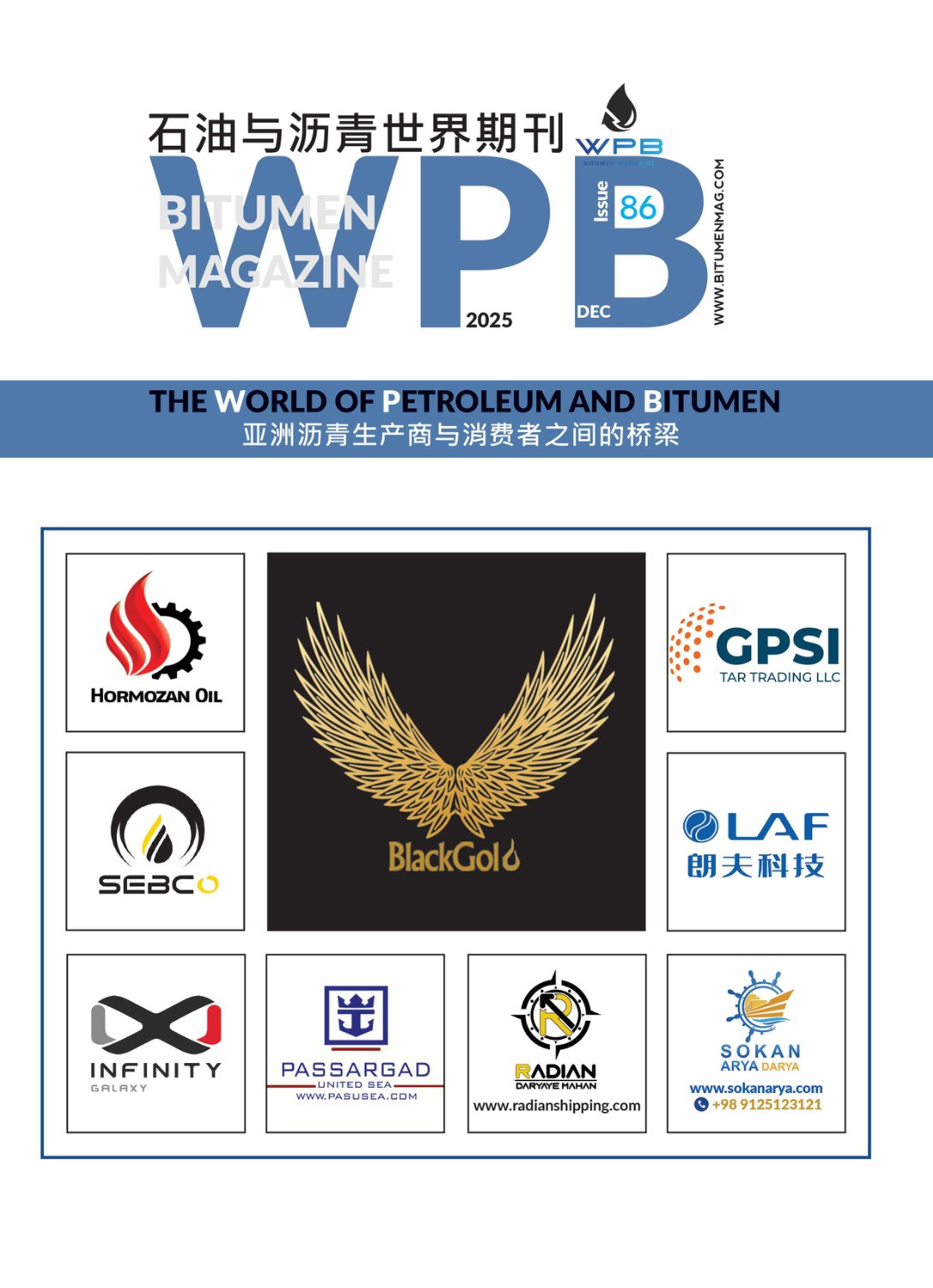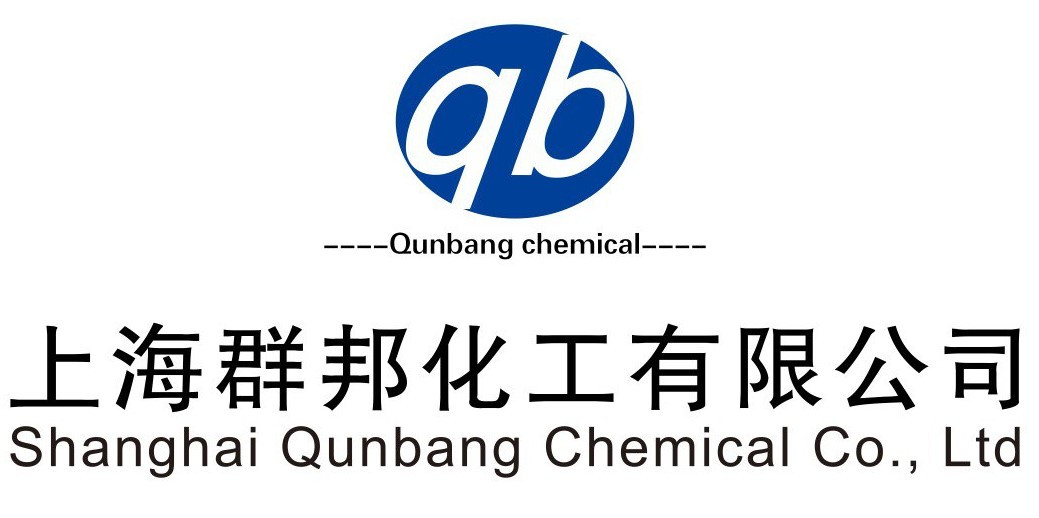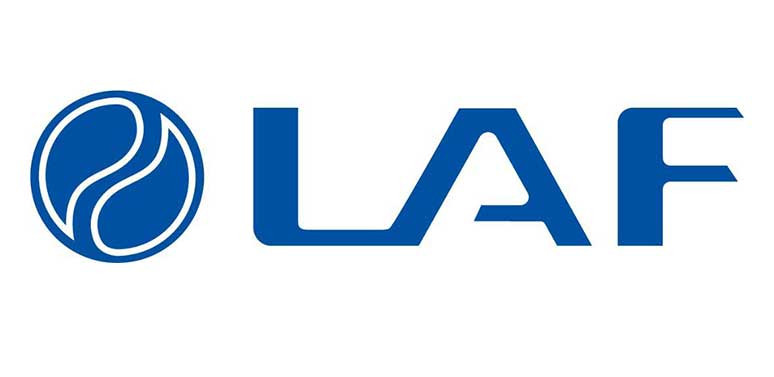According to WPB, geopolitical tensions in the Middle East have begun to reshape global dynamics in the bitumen market, influencing supply chains, cost structures, and procurement strategies across several regions. The escalation of conflict between Iran and Israel has particularly disrupted trade flows from the Gulf, prompting buyers and suppliers worldwide to reassess their logistical and financial exposure.
Middle East: Strategic Disruptions and Operational Adjustments
Amid intensified regional tensions, Iran’s energy and transport infrastructure shifted into a heightened state of preparedness. Although refineries remained physically intact, operational slowdowns were observed, especially in port cities like Bandar Abbas. Export logistics faced momentary suspensions and diversions, resulting in extended customs inspections and slower cargo turnover. Iranian exporters experienced shipment delays, while global buyers confronted longer lead times and higher insurance charges for goods originating from Iran.
In the UAE, especially at Jebel Ali, availability of bitumen packaged in Iran declined. To maintain continuity in supply, traders sought alternative sourcing from markets such as India and South Korea—choices that came with increased costs and longer shipping durations. Despite these adjustments, pricing levels in Bahrain remained relatively steady due to pre-existing inventories, though risk premiums were reflected in shipping contracts and insurance terms.
South Asia: Monsoon Demand Dip Meets Supply Concerns
In India, internal bitumen consumption remained subdued, influenced by early seasonal rains that interrupted roadworks. The resulting decline in demand brought marginal reductions in domestic prices, particularly for VG30 and VG40 grades. However, in light of rising uncertainties over Gulf supply, Indian refiners paused certain export agreements and maintained a cautious posture. Imports from Iran were suspended briefly and rechanneled through alternative routes.
East Asia: Weather, Infrastructure, and Geopolitical Costs
China’s bitumen demand softened under the weight of widespread rainfall and slowed infrastructure investments. Though not directly entangled in the conflict, the Chinese market felt its ripple effects through elevated import prices. The cost of acquiring material from South Korea and Singapore increased due to climbing freight and bunker charges. In Shandong, refinery gate prices crossed ¥3,600 per ton, but tepid local consumption curtailed substantial price rallies.
In South Korea, FOB export prices experienced a moderate increase, driven by strong interest from Gulf and East African buyers hedging against potential Iranian supply constraints. Nevertheless, an oversupplied Northeast Asian market prevented sharper upward pricing movements.
Southeast Asia: Strategic Realignments Amid Steady Pricing
Bitumen traders in Singapore recorded stable CIF values near $415 per ton, while noticing a rise in inquiries from importers traditionally reliant on Gulf-origin material. Indonesian buyers were quick to transition toward Korean alternatives, leading to extended delivery periods. Additionally, the cost of shipping through the Strait of Hormuz—factoring in higher insurance—added pressure to overall expenditures. Malaysian procurement patterns showed similar caution, though pricing remained stable.
Africa: Supply Gaps and Cost Escalations
In West and Central Africa, markets like Nigeria and Ghana, which largely depend on Iranian and UAE exports, saw CIF values increase by $15–20 per ton. Although these regions were not directly affected by the geopolitical developments, indirect consequences like rerouted shipments and higher freight rates introduced temporary shortages and pricing instability.
East African nations such as Kenya and Tanzania, heavily reliant on drum-packed bitumen from Gulf suppliers, experienced tight inventories during the pre-rainy season. Shipping delays and re-routing through Indian ports added both time and cost burdens, with CIF prices rising by $10–12 per ton as buyers scrambled to restock.
In South Africa, the instability surrounding Gulf-origin logistics encouraged a strategic pivot toward Indian and Mediterranean sources. This shift came amid frequent re-quotations and scheduling disruptions of previously arranged deliveries from the UAE.
Europe: Price Volatility and Tightened Supply
Western and Mediterranean Europe witnessed price hikes of approximately $18–20 per ton, attributed to climbing global crude prices and concerns over potential export constraints from the Gulf. Spot market activity in countries like Italy and Spain declined as traders faced tighter availability and rising forward contract costs. Concurrent maintenance shutdowns at regional refineries further intensified pressure on supply.
Conclusion: Recalibration in a Volatile Market
The escalation of geopolitical friction in the Middle East, particularly between Iran and Israel, has led to widespread operational disruptions and market recalibrations, even in the absence of physical damage to refining assets. Critical consequences have included shipment delays, modified export routes, and cautious trading behavior. Regions most affected span the Middle East, Africa, and parts of Europe. Although a temporary ceasefire has since introduced some measure of stability, market participants continue to explore alternative sourcing options in an effort to reduce exposure to future geopolitical shocks.
By Bitumenmag
Bitumen, Price, Petroleum




















